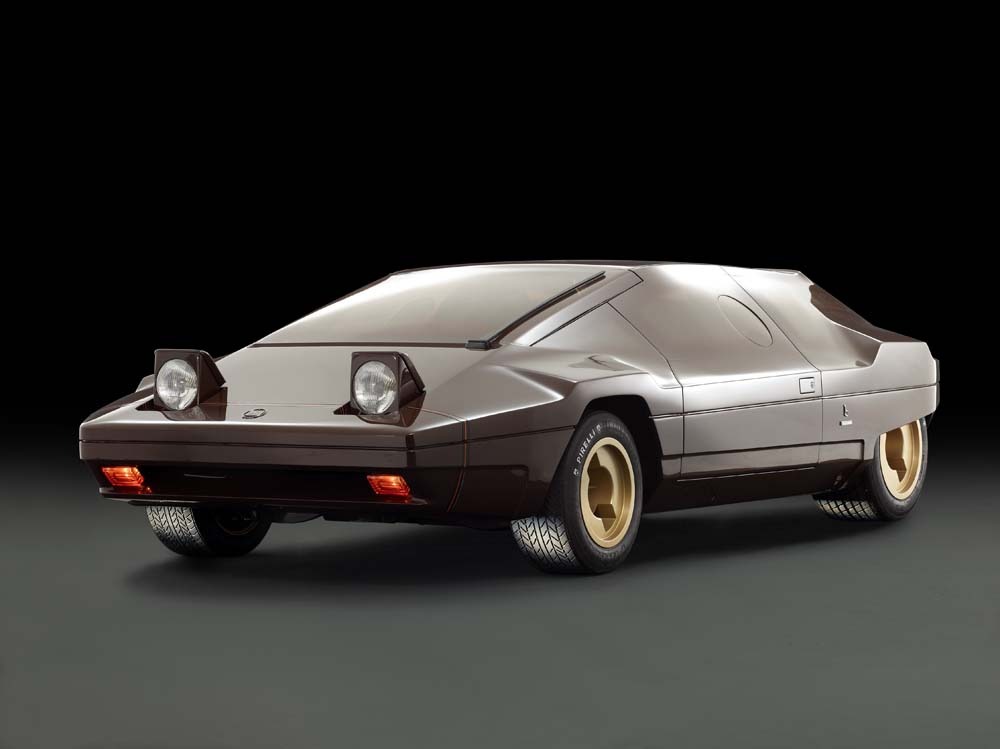
#20 1978 Lancia Sibilo
Built on the Lancia Stratos chassis, this is how Bertone imagined the futuristic wedge-shape Coupé back in 1978. Bertone had come up with many daring solutions regarding windows, and with the Sibilo he attempted to blend them in completely with the bodywork. Photo courtesy of © Lopresto
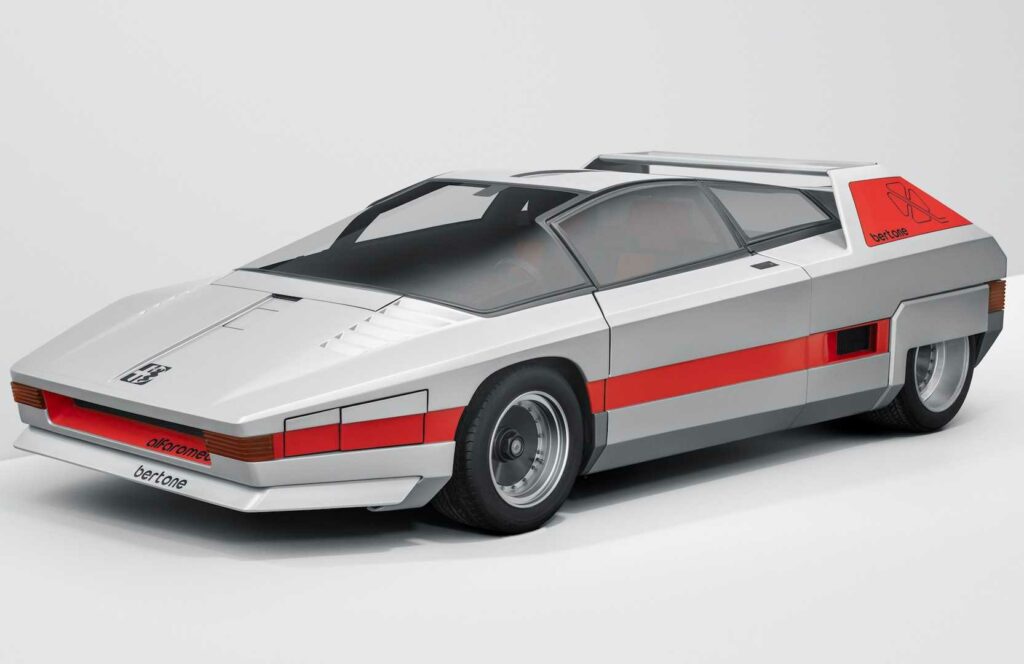
#19 1976 Alfa Romeo Navajo
Talking about wedge-shapes...the Navajo is based on the Alfa Romeo 33. Unveiled at the 1976 Geneva Motor Show, it features futuristic, almost "cyber punkish" design elements, like the pop-up headlights situated on the front fender. The Navajo is another demonstation of Bertone's unique style.
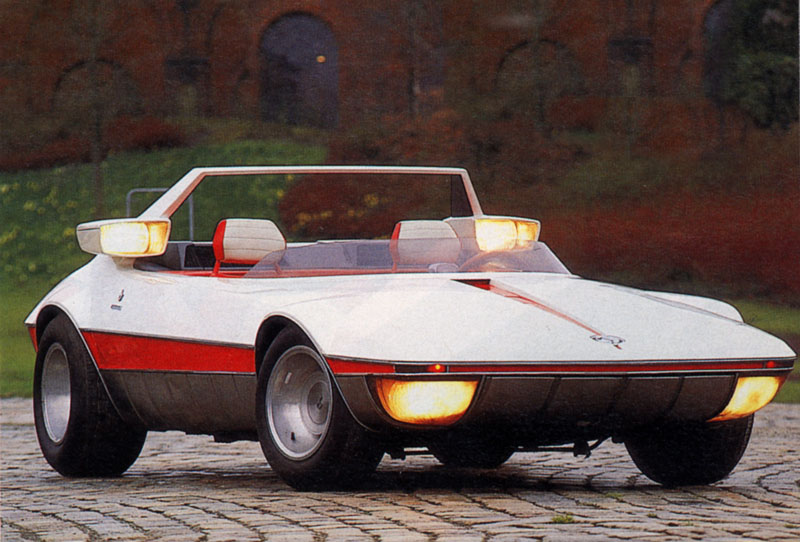
#18 1969 Autobianchi Runabout
With the Runbout, Bertone took its inspiration from the motorboat world. Despite its unusual look and evident dream car status, the prototype was used as the starting point for the design of the future Fiat X1/9, which was launched a couple of years later.
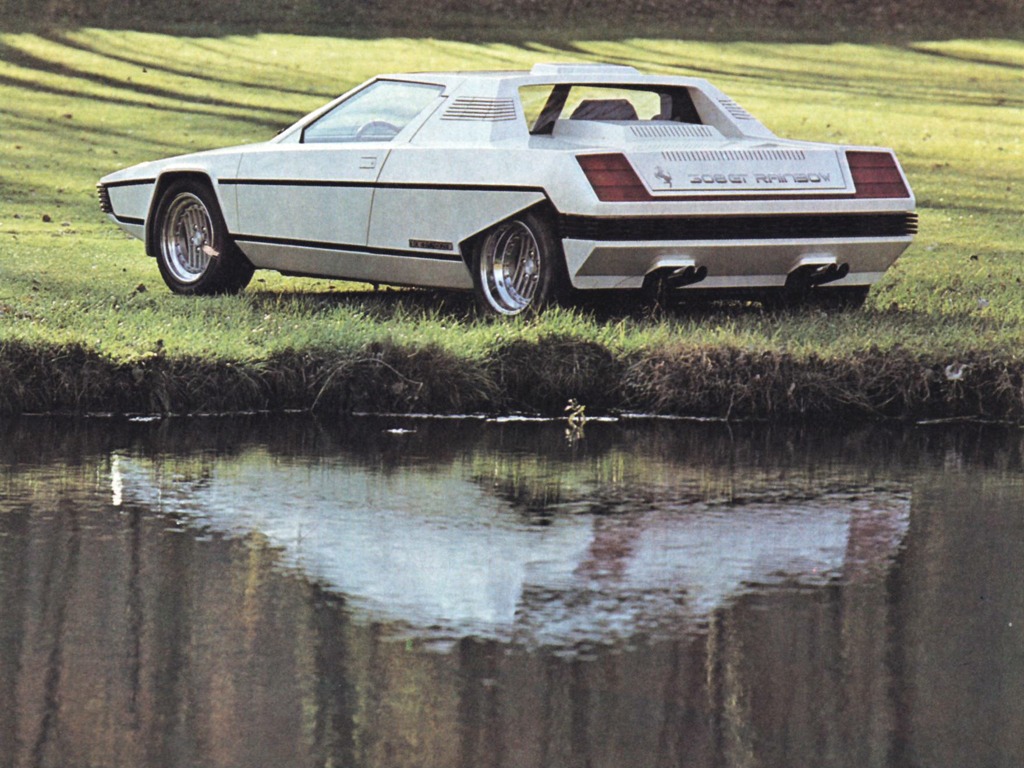
#17 1976 Ferrari Rainbow
The Ferrari Rainbow signalled Bertone’s return, after nearly 15 years, to the Ferrari theme, this time with a freer interpretation. While the design of the Dino 308 GT4 represented a blend of sobriety and tradition, the Rainbow is an experiment in unconventional styling. In fact there were no intentions to put this model into production, and Bertone was able to interpret the theme without any constraints but functionality.
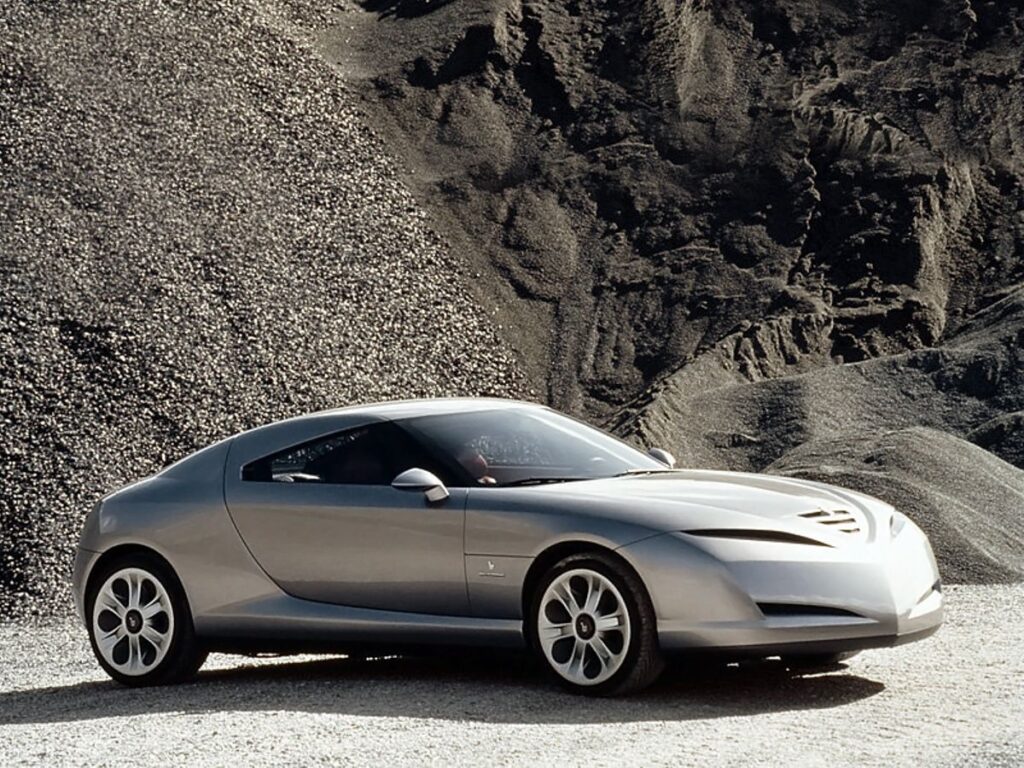
#16 1999 Alfa Romeo Bella
The Bella was a prototype for a very stylish sports coupé, built on the chassis of an Alfa Romeo 166. The Alfa Romeo Bella, which Bertone presented at the 1999 Geneva Motor Show, relaunched the Alfa-based GT tradition which had characterised the 1950’s and 1960’s, with the Alfa Romeo Giulietta Sprint, the Alfa coupé GT, and the Alfa Montreal coupé.
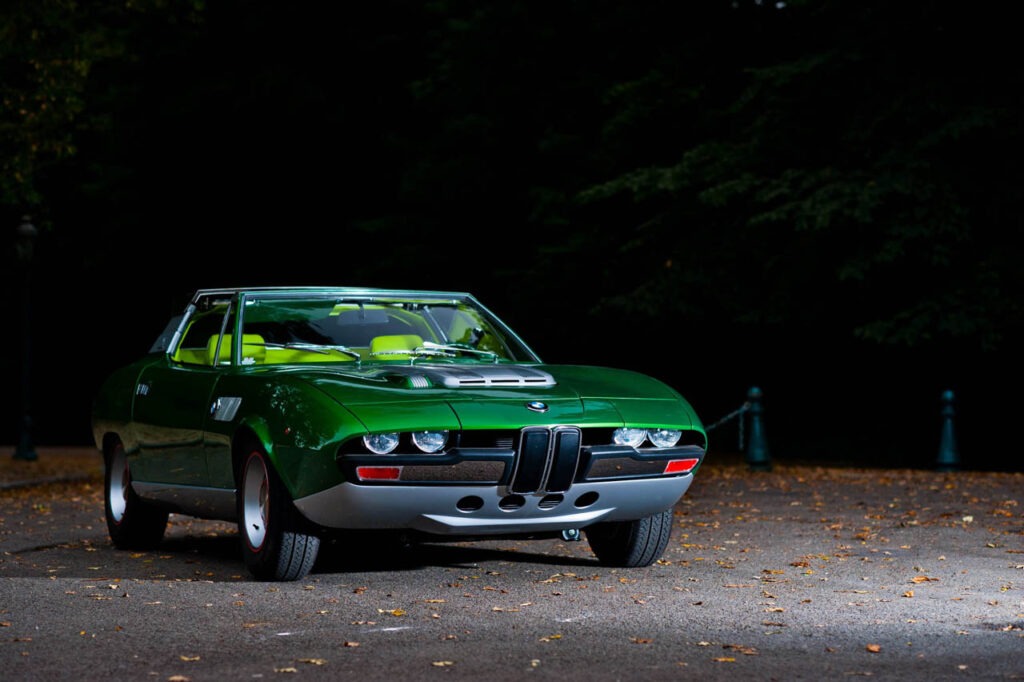
#15 1969 BMW 2800 Spicup
The Bertone design for the BMW Spicup is a reworking of the glorious 507 Spider produced by the German carmaker. It is based on the chassis of the 2500 saloon, shortened from 269 cm to 234 cm, with a 2800 cc. engine, which was already being mounted on the coupé presented by BMW in the same period. The considerable dimensions of the mechanical components were handled by creating almost excessively fluid vertical lines.
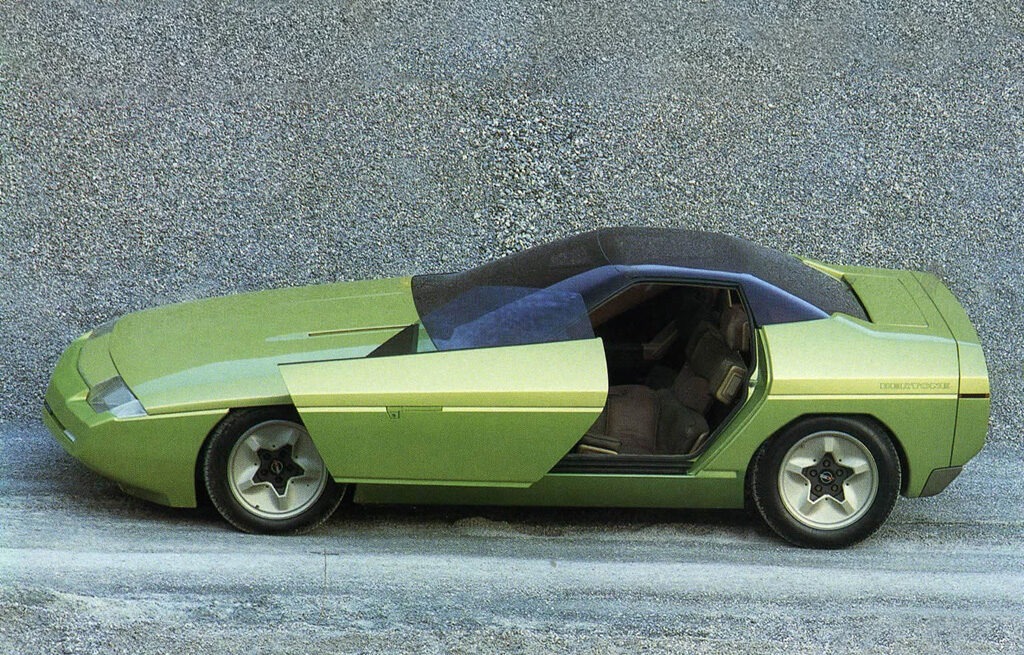
#14 1984 Chevrolet Ramarro
Bertone began to explore the possibility of approaching the US market with the Ramarro, an exercise in applied technology around mass-produced mechanics. The prototype was created on the chassis of the well-known Chevrolet Corvette, and the underlying concept aimed to modify the layout of the mechanical components in order to make the most of the design quality. It won the Car Design Award in 1985.
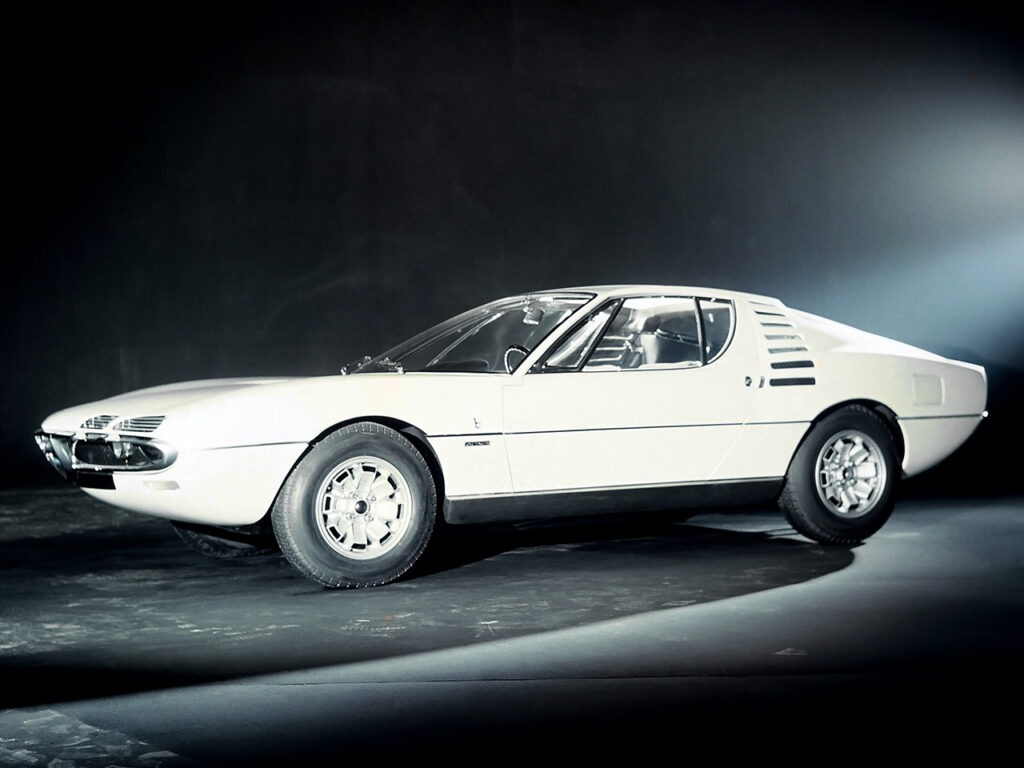
#13 1967 Alfa Romeo Montreal Prototipo
Nuccio Bertone was entrusted to interpret this concept, and to show the Expo visitors Alfa Romeo’s genuine commitment to come up with a car of great class, futuristic in its design but still respecting the style and taste canons of the day, all within a limited period of time. Once again, Bertone managed to come up with one of the most beautiful cars of its day, the Montreal. He created a two-seater + 2 coupé with innovative lines, featuring some highly original elements such as the radiator grille, front headlights and lateral air outlets.
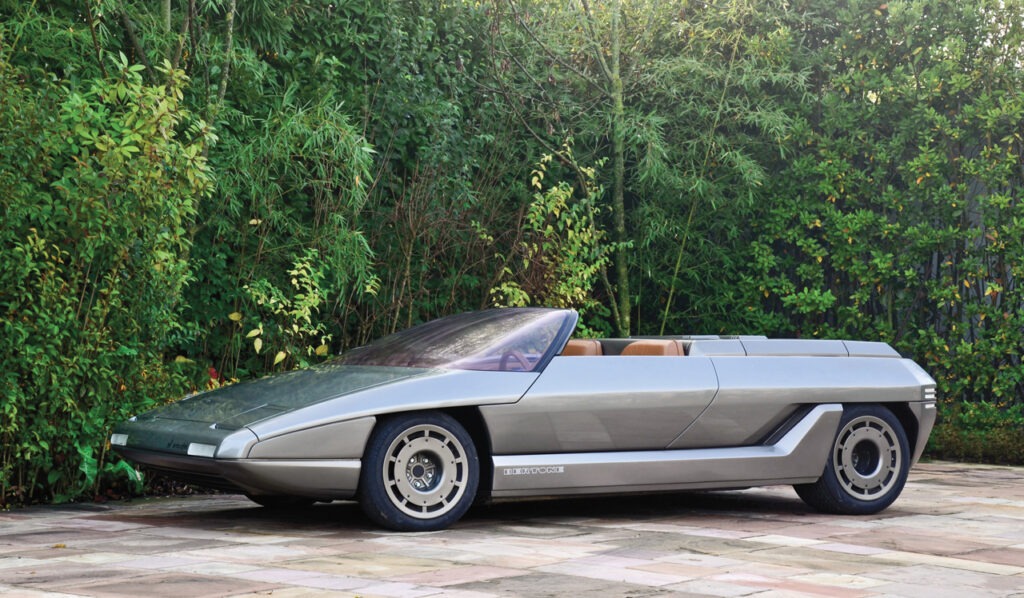
#12 1980 Lamborghini Athon
Following the ups and downs of Lamborghini, Bertone came up with this rather strange roadster, deliberately taking the roadster concept to extremes. The general proportions of the model, and in particular the rear of the car, tend to underline the sheer power of the engine, and this sensation is enhanced by the treatment given to the wings. The ample windscreen, with its pronounced double curve, and original chromatic effect, is a central styling element.
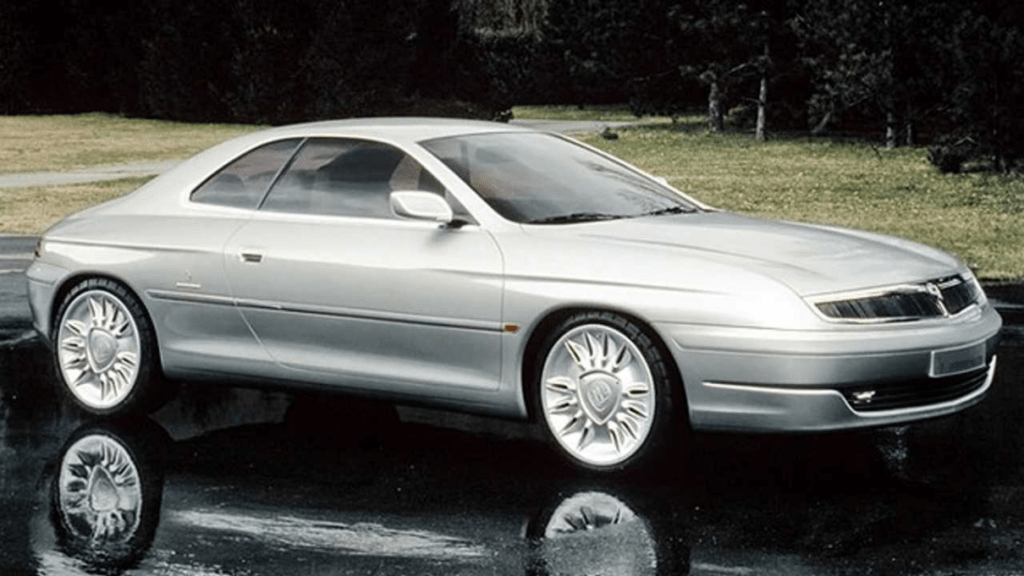
#11 1995 Lancia Kayak
The Kayak, presented for the first time at the 1995 Geneva Motor Show, was a Bertone interpretation of a modern Lancia coupé in line with the traditions of the manufacturer. The car is a modern reworking of the style canons of the Italian coupé, of the great cars of the 1950’s and 1960’s. In our opinion, the Kayak is the better Lancia Kappa Coupé which never was.
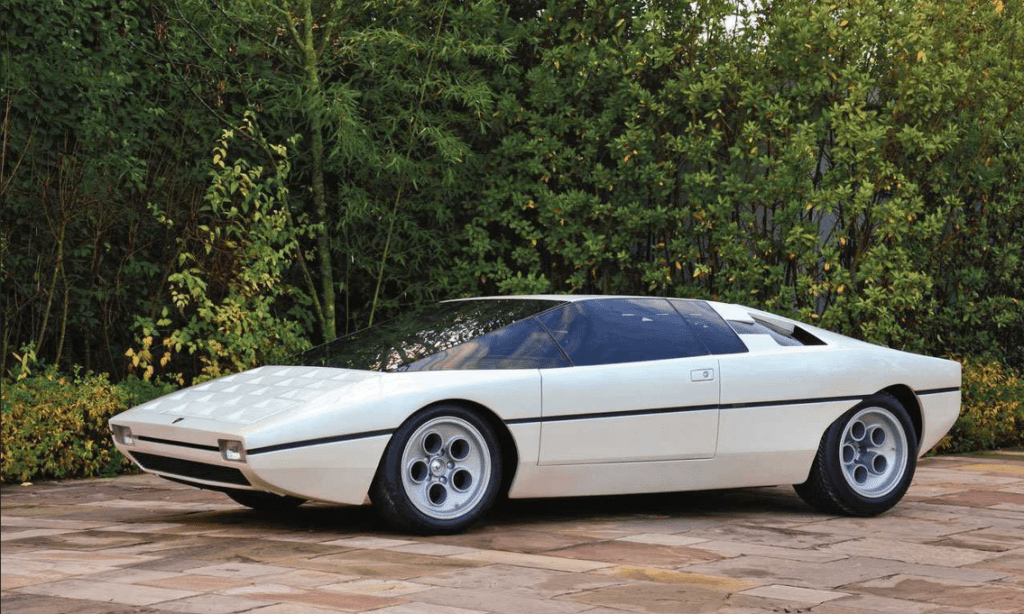
#10 1974 Lamborghini Bravo
In the first half of the 1970’s the energy crisis hit the car market, and as everyone ran for cover, the designers were forced to scale down their work too. However, in 1974, at the Turin Motor Show, Bertone presented the Lamborghini Bravo, a prototype with a central transversally-mounted engine, using the same mechanics as the Urraco. At a difficult time like this, when the use of even the most economic car was curtailed by the energy restrictions, the Lamborghini Bravo came across as a provocation. The car featured some very interesting design and functional elements, like its total visibility window surfaces, a classic in Bertone’s repertoire.
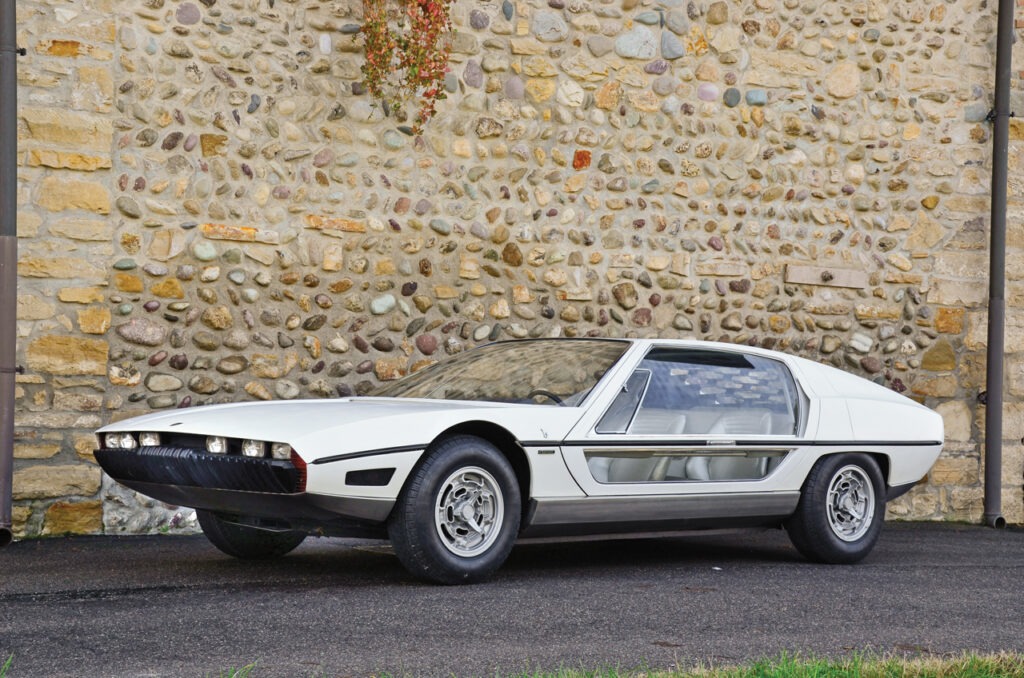
#09 1967 Lamborghini Marzal
Designed by Marcello Gandini, it was created to supply Ferruccio Lamborghini with a true four-seater car for his lineup which already included the 400GT 2+2 and the Miura. The car’s main styling feature is the design of the doors, which balance the proportions of front and rear in a harmonious whole. The car’s aesthetics were completely Photo courtesy of Tom Wood
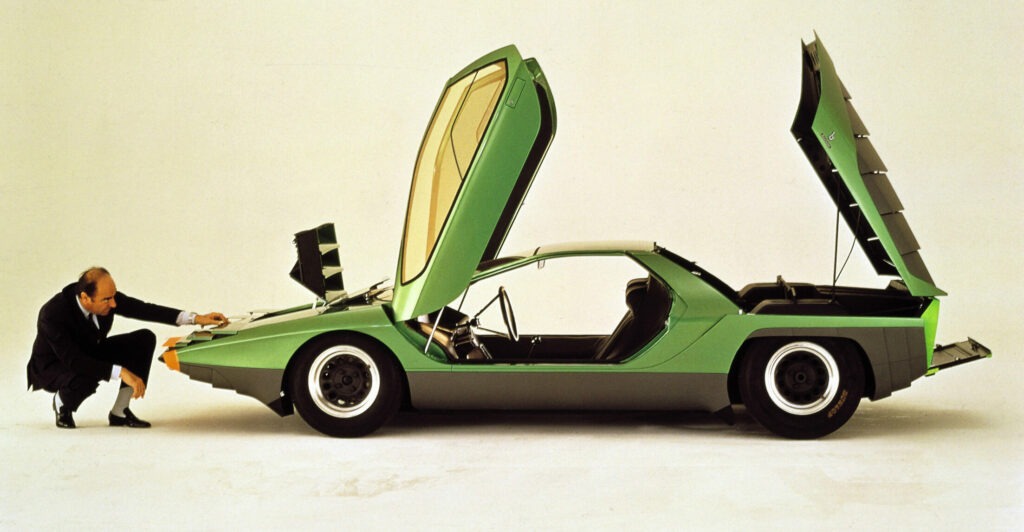
#08 1968 Alfa Romeo Carabo
Built on the Alfa Romeo 33 chassis with a centrally-mounted engine, it became a style classic, known for its creativity and original features, some of which contribute to its legendary standing. Design features like its tight lines, tapering front blending in seamlessly with the windscreen, and the air inlets and outlets.
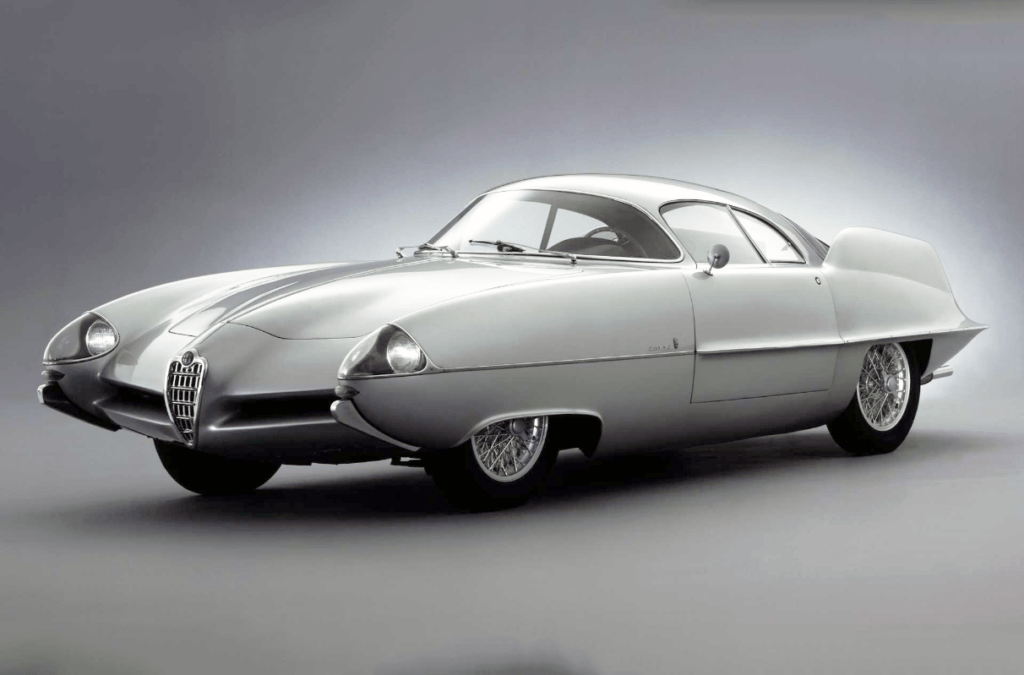
#07 1955 Alfa Romeo B.A.T. 9
The BAT 9 is the third concept car built on the chassis of the Alfa Romeo 1900 presented at the Turin motor show in 1955. For this car Nuccio Bertone asked Franco Scaglione to evolve the aesthetic concepts of the B.A.T. 5 and 7, again on the chassis of the Alfa Romeo 1900C, to try to make it more similar to a car suitable for production.
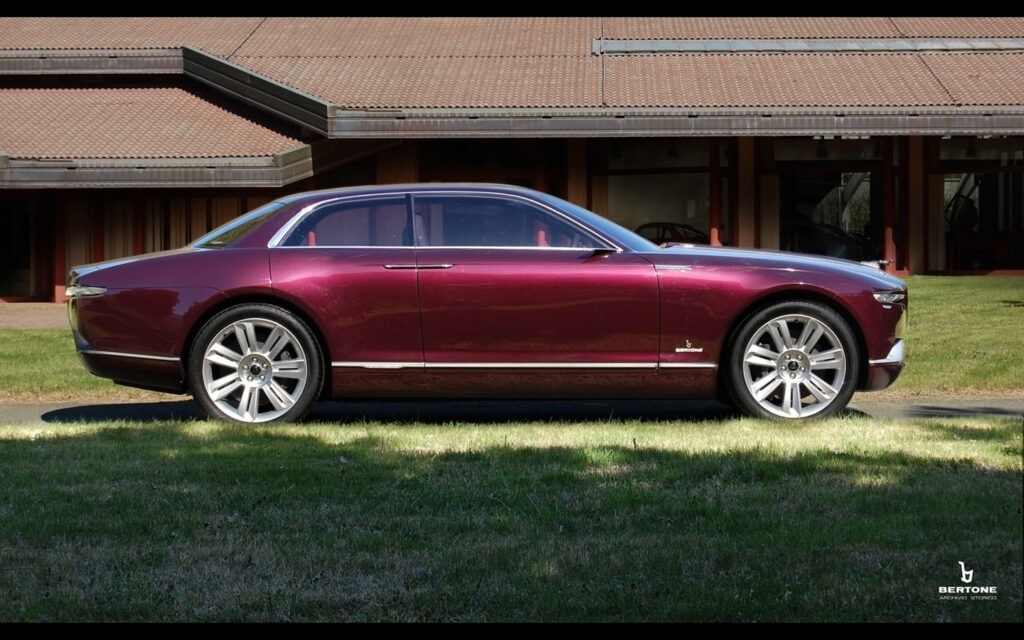
#06 2011 Jaguar B99
Oh yes, at rank 06, probably too high for many. The Jaguar B99 represents, for Jaguar lovers (like me) the true heir of the XJ. It is simply beautiful. It was first shown to the public on the Bertone stand at the 2011 Geneva Motor Show. The 4-door saloon was shown in two versions: compact executive (B99) and grand tourer (B99 GT). It was designed by Bertone’s Michael Robinson and Adrian Griffiths and was based more on traditional Jaguars of the Geoff Lawson era compared to more recent Jaguars designed by Ian Callum.
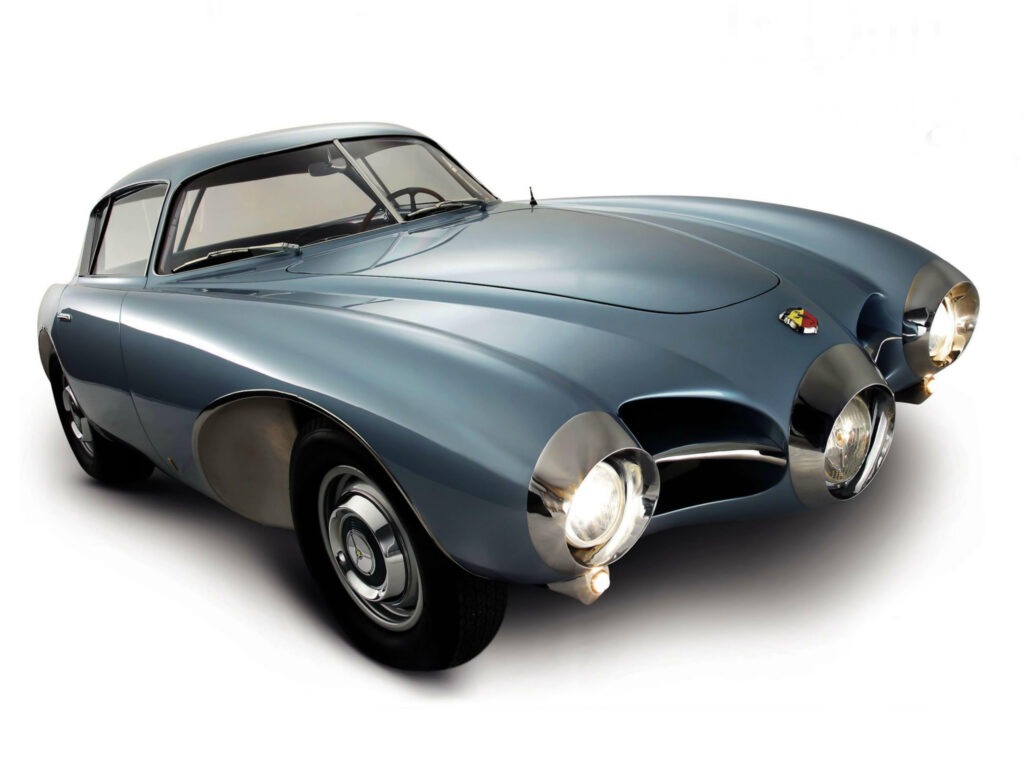
#05 1952 Abarth 1500 Coupé Biposto
Considered the first B.A.T, the Abarth 1500 Coupé Biposto sands out for its impressive front view, with the third central headlight reaching forward, and for the dynamics of the wheel arches which underline the car’s sporty character. The large wrap-around rear windscreen and the interesting profile of the tail fins, which were taken all the way with the B.A.T. experiments testify to the work which went into the lines of the car, and the focus on innovative elements which work perfectly together.
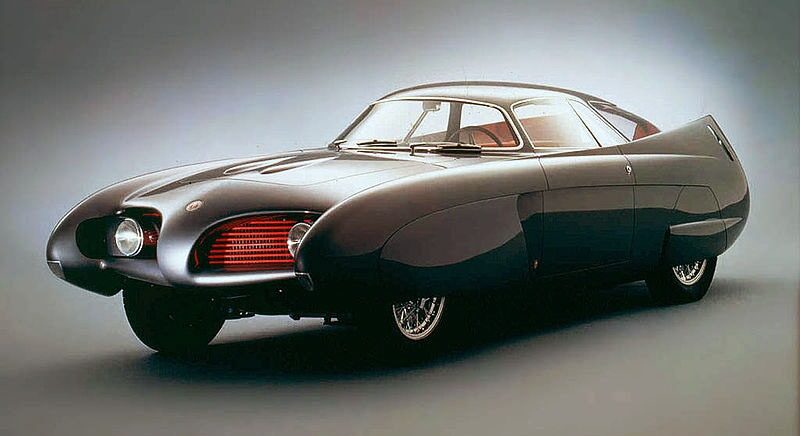
#04 1953 Alfa Romeo B.A.T. 5
The first car of the B.A.T. series to appear was the B.A.T. 5 launched at the Turin Motor Show 1953. The design of the model was the result of many aerodynamic studies and empirical knowledge. The shape of the front, in fact, aims to cancel aerodynamic turbulence at high speeds. The design also aims to eliminate any additional resistance generated by the wheels, as well as the construction of a structure that can create the least possible number of air turbulences to ensure stability at high speed. In practice, these strict criteria translate into a Cx of 0.23 which would allow the car to reach 200 km / h with the engine fitted as standard.
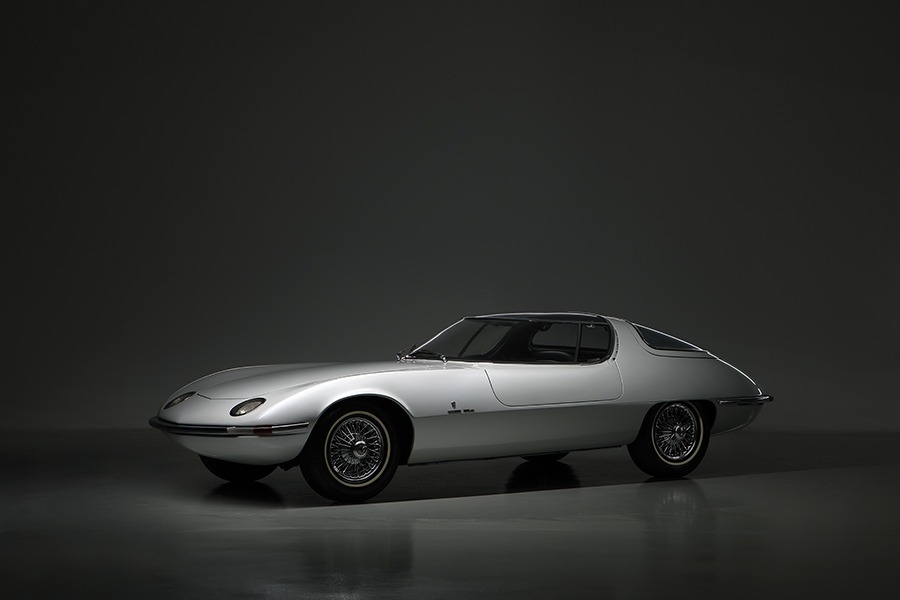
#03 1963 Chevrolet Testudo
Designed by Giorgetto Giugiaro, the Testudo turned out to be a revolutionary car in more ways than one. The innovative spirit of this car, with its bold, even provocative, styling recalls the numerous American dream cars of the period. It was totally original car, above all for its rear-mounted air-cooled boxer engine – especially considering its American origins. It was built as a fully-functioning prototype, and included many entirely new bodywork features and innovative materials. Futuristic not only from a design point of view but also for its proportions, with a vertical height of 106 cm, it was well ahead of its time for the structural characteristics of a GT.
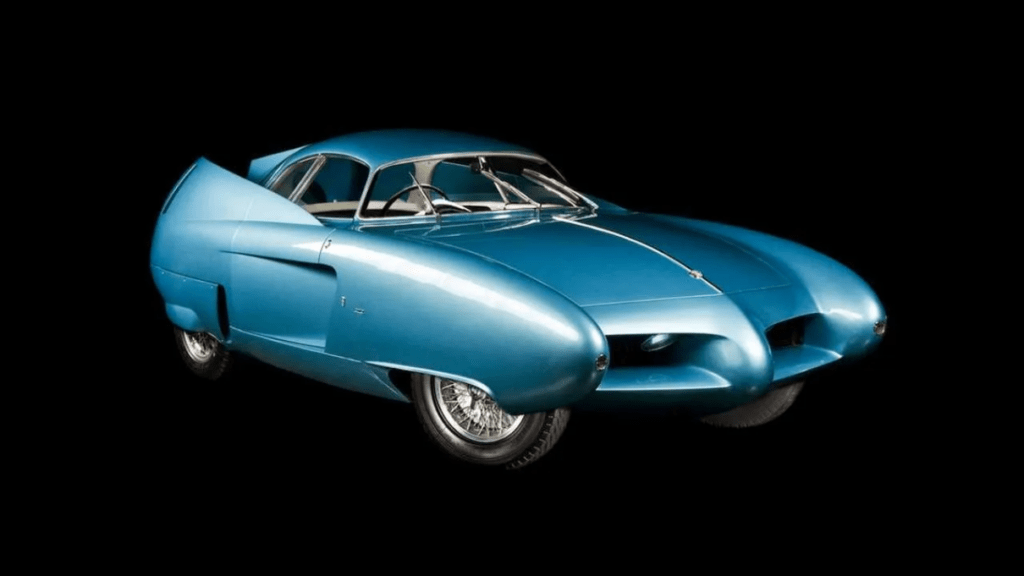
#02 1954 Alfa Romeo B.A.T. 7
One year after the B.A.T. 5 at the 1954 Turin Motor Show Bertone unveiled the B.A.T. 7. For this car Nuccio Bertone asked Franco Scaglione to evolve the aesthetic concepts of the B.A.T. 5 further to reduce the already low coefficient of aerodynamic drag. The design of the B.A.T. 7 is the clear evolution of the stylistic features of the previous model taken to the limit with two even larger, curved and thin fins.
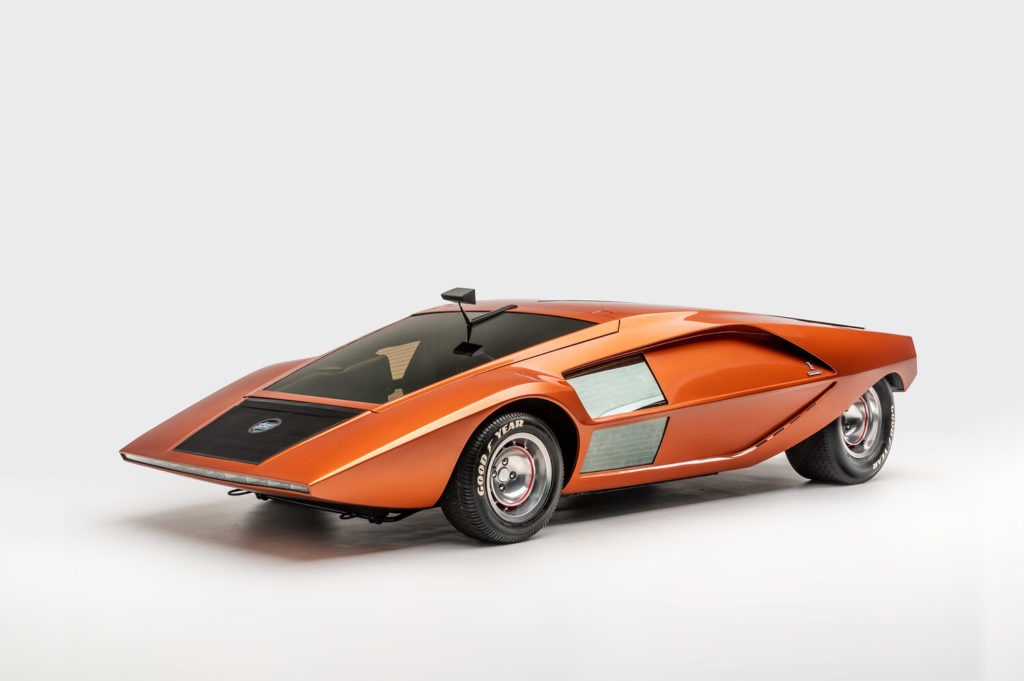
#01 1970 Lancia Stratos Zero
The Stratos Zero was unveiled for the first time by Bertone at the 1970 Turin Motor Show; it was presented as a mid-engined sports car project, a futuristic conception for those times. The stunning wedge-shape design by Marcello Gandini immediately aroused great interest in all visitors for its innovative and breakthrough style. Since the lack of doors, the prototype could be entered by opening the whole windshield. With no doubt the most spectacular concept car ever made.
Bertone was probably the most innovative and certainly the most courageous coachbuilder in the automotive history. We’ve tried to rank them, here are the 20 greatest concept cars made by Bertone. We are aware that you will not always agree with us, so let us know what are your favourite one’s in the comment section.



After all the ranking, except for 2-3 is ok, wouldnt have include the Jag, or at least not that high, but its a matter of taste
My Top 3:
1. BAT 9
2. BAT 7
3. BAT 5
The Sibilo is one of the ugliest car ever made
same opinion!